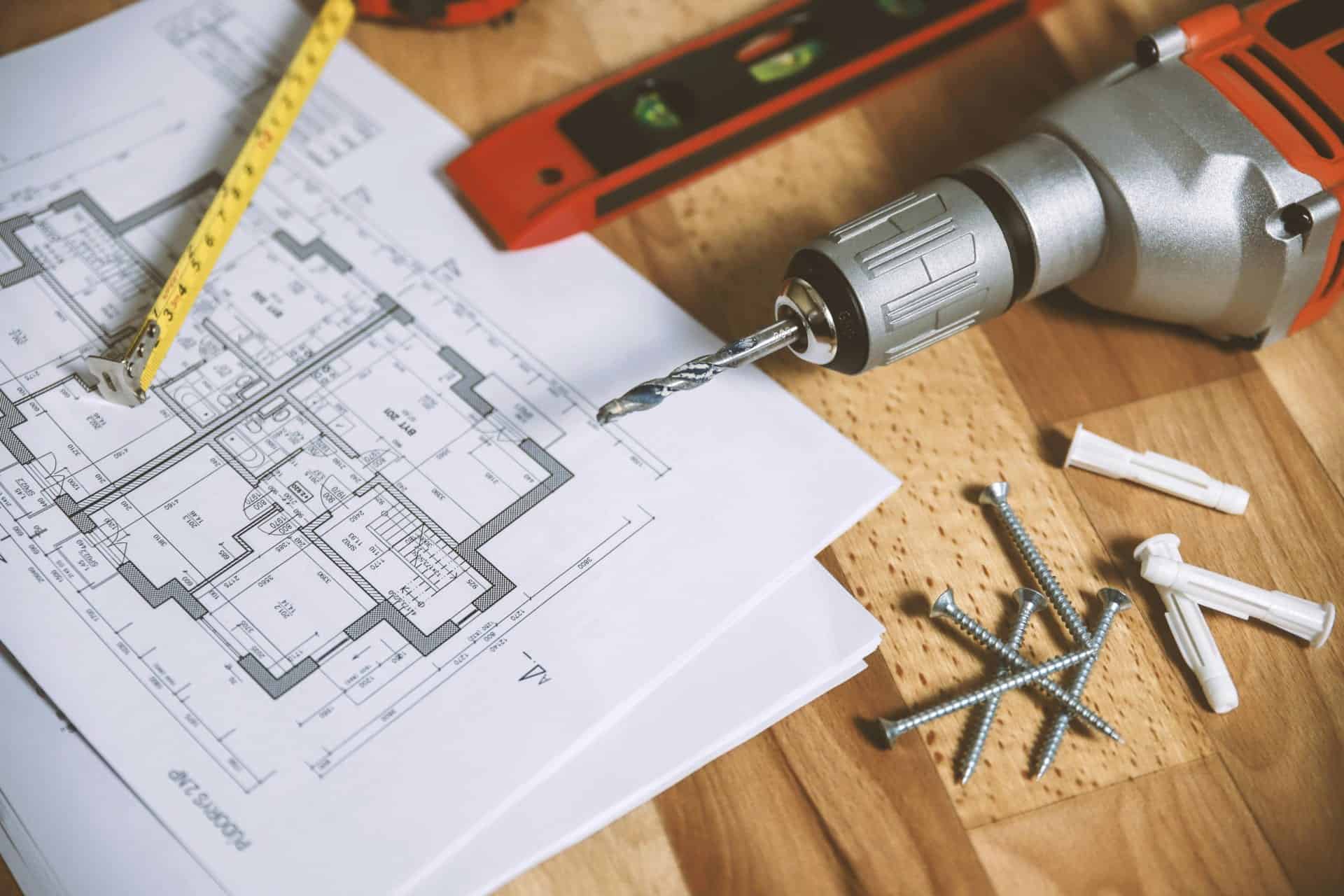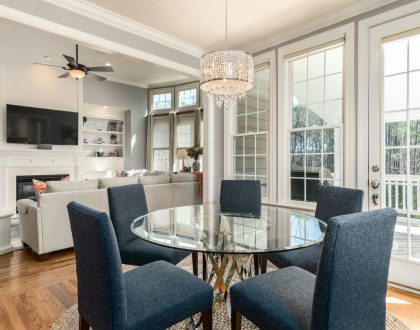Secondary Glazing Installation: DIY or Professional Fitting Guide

Secondary glazing installation provides leading noise reduction, thermal insulation, cost saving and other benefits, but choosing between DIY and professional fitting can make an enormous difference in your result and final cost. If properly installed, this secondary layer of windows not only reduces outside noise coming in but also reduces heat emissions by up to 60%, leading to tangible energy bill savings.
Professional fitting provides peace of mind and a professional finish but will add considerably to your project budget. Although exact costs vary depending on the company, labour could cost you extra money per day. DIY secondary glazing provides a cheaper alternative that still provides many of the benefits, including improved insulation, noise reduction, and enhanced security.
In this guide, we’ll go over everything you need to consider regarding secondary glazing installation options, comparing DIY with professional installation. Whether you’re looking to make your budget go further or get the best results possible, we’ll allow you to make an informed decision that’s best for your home improvement project.
What is Secondary Glazing?
Secondary glazing involves fitting a second window on the interior side of your current one, forming an insulated space of air between the panes. This additional window, in contrast to double glazing, is totally separate from your original window, so your original windows are not disturbed.
The system works by locking in a layer of air between the two windows, which acts as an insulator. It lessens heat transfer by conduction and eliminates convection, making the use of energy more efficient.
Secondary glazing comes in a variety of different types, including horizontal sliders, vertical sliders, lift-out units, and fixed insert panels. It’s particularly ideal for listed buildings or those in conservation areas where it’s not permitted to replace original windows. It also provides very good noise reduction, often better than with standard double glazing.
Secondary Glazing Installation vs DIY
Opting for DIY or professional secondary glazing installation typically comes down to time, skill and budget. Even for the DIY enthusiasts, fitting secondary glazing can be time-consuming, and an average eight-window job can be finished in a day. Professional installation, however, offers precision that ensures optimum performance without the risk of issues like draughts or energy efficiency compromise.
Cost remains a key consideration in the decision to go it alone. Despite the cost-saving aspect, there are several advantages to professional installation. Professional installers have ample experience with various types and sizes of windows. Professionally installed systems also typically come with guarantees, some as long as 10 years, whereas DIY installations can sometimes come with none, so be sure to check.
For the average DIY enthusiast, you likely already have the minimum tools required which are a tape measure, pencil, screwdriver, hammer drill, saw, spirit level, and cartridge gun. Most secondary glazing units have comprehensive step-by-step instructions and pre-drilled and pre-assembled units for simple installation.
Planning permission is not usually required for secondary glazing, but listed buildings require Listed Building Consent.
More Pros and Cons of Both Options
Comparing costs reveals clear differences between secondary glazing fitting done yourself and secondary glazing fitting done by a professional. Professional fitting typically costs between more than just buying the window, and you have labour costs on top, but delivers superior quality with precise, sealed fits.
Professional installation offers several advantages. Professionally installed units come with comprehensive warranties, often10 years, providing peace of mind that DIY solutions lack. Additionally, bespoke secondary glazing solutions match your home’s aesthetics and maintain window functionality.
On the flip-side, DIY secondary glazing is more affordable. For homeowners with basic skills, installations can be completed within a day. Yet, these savings come with notable drawbacks.
Furthermore, if you opt for DIY units, then you’ll be lacking the safety and quality testing that would be checked after every professional installation. Poorly installed panes can become foggy with sun exposure, while improperly installed units may develop condensation issues.
Lastly, professional installation provides the maximum performance at minimum maintenance, while DIY options offer initial saving at the expense of efficiency and long term quality.
Why Clearview Secondary Glazing for Installation
Clearview has been a secondary glazing industry leader for over 20 years, with thousands of satisfied customers across the UK. As recommended suppliers for the National Trust, our systems are specifically designed for listed buildings and conservation areas where the original windows cannot be replaced.
What truly sets us apart from the competition is that we are highly adaptable with our bespoke solutions. For professional fit, you can see if we cover your location by entering your postcode on our installation page. Or, for the more adventurous DIY individuals, we provide fully assembled, ready-to-fit aluminium secondary glazing sets nationwide.
Our bespoke solution ensures each installation can fit in perfectly with existing features of your property. You can see for yourself from our customer feedback that our professional installation has provided 60-70% increases in thermal efficiency in addition to noise reduction performance of around 50dB.
Additionally, our team also provides professional guidance along every step in order to enable you to pick the ideal system for your windows. In fact, the majority of our clients praise their timely customer support and thorough installation process.
Ready to feel the difference of well-fitted secondary glazing? Get a Free Quote today and become one of the increasing number of homeowners who benefit from warmer, quieter homes thanks to the professionals at Clearview.
So, Which to Choose?
Secondary glazing certainly has enormous benefits for domestic property owners wishing to make their home energy-efficient and sound-proof. The decision between professional fitting and DIY installation comes down to your particular situation. DIY installation will indeed be attractive to many homeowners who have rudimentary skills and want a saving compared to professional fitting. Professional installation, on the other hand, offers far better outcomes, full warranties, and reassurance that cannot be equalled by DIY options.
For listed buildings, secondary glazing can be an especially valuable option, since replacement of historic windows is not usually permitted. Whatever route you choose, proper installation remains critical to maximising thermal efficiency and noise reduction benefits.
Before you decide, consider your budget constraints, level of DIY ability, and long-term expectations. And who knows? Forking out a bit more initially on proper installation can cost you less and trouble you less in the long run.
If you need more advice, or want to speak to a member of our team with any questions, then don’t hesitate to get in touch with us or visit our help centre.
Recent Posts

20 Years of Clearview Secondary Glazing
19/12/2025


